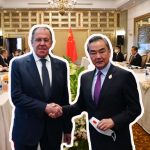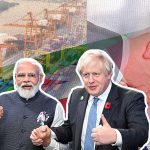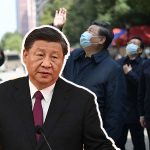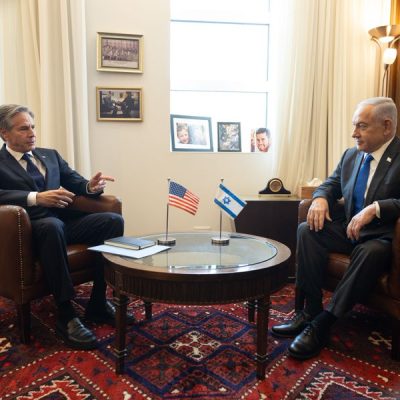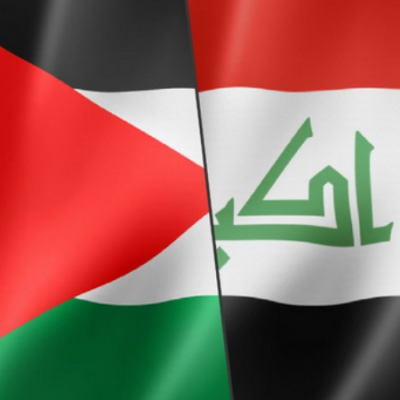India seek interests on both sides of US-China divide
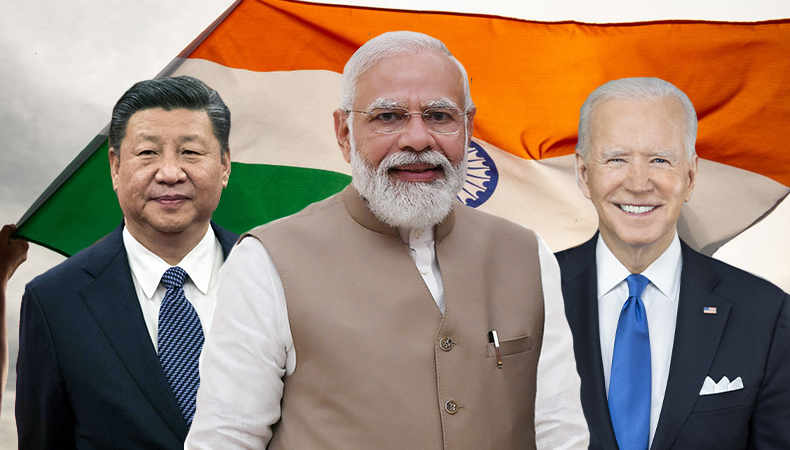
 India–Numerous specific joint efforts of rival parties led by the United States and China demonstrate the growing shadow of coalition politics over the world’s strategic landscape. On June 29, NATO, a military alliance made up of 30 nations, announced its new Strategic Concept.
India–Numerous specific joint efforts of rival parties led by the United States and China demonstrate the growing shadow of coalition politics over the world’s strategic landscape. On June 29, NATO, a military alliance made up of 30 nations, announced its new Strategic Concept.
China now seems to be in the sights of NATO, which says that Beijing’s stated goals and coercive measures “threat their interests, security, and values.” NATO also called attention to the growing strategic alliance between China and Russia as well as the ways in which both countries are working together to undermine the rules-based international system, including freedom of passage on the high seas.
The Indo-Pacific, which is viewed as a geostrategic concept, serves as the foundation for NATO’s strategic worries regarding China. There is a greater likelihood of clashes of various kinds as a result of China’s growing maritime capabilities and the US’ ability to command a sizable Western military bloc, and the NATO nations are collectively obligated to defend any of their members. This seeming imminence ought to cause India serious concern.
Related Posts
The ongoing conflict in Ukraine is a reoccurring symptom of an earlier political conflict in Europe. There is now a greater chance that problems in Asia and the Euro-Atlantic may link and become a significant security threat. especially in the Indo-Pacific region. These worries are largely founded on perceptions that are anxious, ambiguous, and driven by the desire to safeguard one’s interests. Such a perspective gives strategic logic power and defines political attitudes.
India’s support for multipolar structure
In the greater international conflict between the US-led West and China, India’s political position must be shaped by a strategic logic that seeks to promote peace in the Indo-Pacific. Thus, a variety of strategic alliances based on shared interests have been chosen as the cooperative framework. The boundaries of joint endeavors are determined by context and interests.
India thus occupies both ends of the global political spectrum, as shown by its proximity to the West against its participation in the China-dominated BRICS, RIC, and Shanghai Cooperation Organization (SCO). India’s strategic balance now structurally favors the West, while its economic balance favors China. The discrepancy underlines India’s conviction that a multipolar world system must serve as the foundation for international affairs.
Both the unipolar and bipolar frameworks endanger India’s capacity for independent decision-making, which is why they are detrimental to its interests. Both structures are set ups for the powerful to rule over the weak. They intensify the chaotic nature of the global system.
They may start battles that can never escape the shadow of nuclear weapons. The United Nations Security Council, the top international organization in charge of maintaining world peace, is split into two bipolar blocs, each of which has veto power. As a result, it is helpless to handle serious security issues that entail internal conflicts.
Case for non-alignment
It is clear that the globe is descending towards a situation of intensified conflict with frail safety structures. India’s response to this course of events must be based on collaborative initiatives intended to combat the propensity for the unipolar and bipolar structures to become increasingly inflexible. In the context of the Cold War, a prior attempt led to the Non-Alignment Movement. India’s strategic dilemma in the context of modern international politics is whether non-alignment as a political stance has to be revived.
Shivshankar Menon, a former national security adviser for India, makes the argument for non-alignment under the current international order, which is either failing or lacking and in which it appears that each country is out for itself, in a recent piece published in Foreign Affairs. He compares the current situation to the divided globe at the outset of the Cold War, when Asia saw rapid shifts in local power structures. He claims that the move toward non-alignment is partially natural and may get more supporters. India may now have the chance to revitalize its non-alignment position.
Any attempt to embrace non-alignment would be complicated by India’s ongoing territorial conflict in the Himalayas. China sees the disagreement as a bilateral matter that has no bearing on other international cooperation projects. India disagreed with China’s strategy after its military incursions into Ladakh in 2020 and insisted that things could not continue as usual. However, under the current political system, economic relations are still strong and expanding.


